selected item
Our history
Today we operate in most of the world's countries and are best-known by our familiar brand names: Exxon, Esso and Mobil. We make the products that drive modern transportation, power cities, lubricate industry and provide petrochemical building blocks that lead to thousands of consumer goods.
1859
Colonel Edwin Drake and Uncle Billy Smith drill the first successful oil well in Titusville, Pennsylvania. The colonel's discovery triggers an oil boom that parallels the gold rush of a decade earlier.

1870
Rockefeller and his associates form the Standard Oil Company (Ohio), with combined facilities constituting the largest refining capacity of any single firm in the world. The name Standard is chosen to signify high, uniform quality.

1879
Standard Oil Co. purchases a three-quarters interest in Vacuum Oil Company for $200,000. As a lubricants pioneer, Vacuum Oil introduces a number of popular products, including the revolutionary Gargoyle 600-W Steam Cylinder Oil.

1882
Standard Oil lubricates Thomas Edison's first central generating system. Also in this year, Standard Oil Trust forms to include the Standard Oil Company of New Jersey (Jersey Standard) and the Standard Oil Company of New York (Socony).

1885
The Standard Oil Trust moves its headquarters to 26 Broadway, New York City. The nine-story office building becomes a landmark. The same year, Vacuum develops Gargoyle Arctic engine oils for newly designed generators and motors that operate at speeds of up to 1,000 rpm.

1903
The Wright brothers, Wilbur and Orville, use both Jersey Standard fuel and Mobiloil (Vacuum) lubricants for their historic first flight at Kitty Hawk, North Carolina.

1906
Socony gains a strong foothold in the vast market for kerosene in China by developing small lamps that burned kerosene efficiently. The lamps become known as Mei-Foo, from the Chinese symbols for Socony, meaning "beautiful confidence."
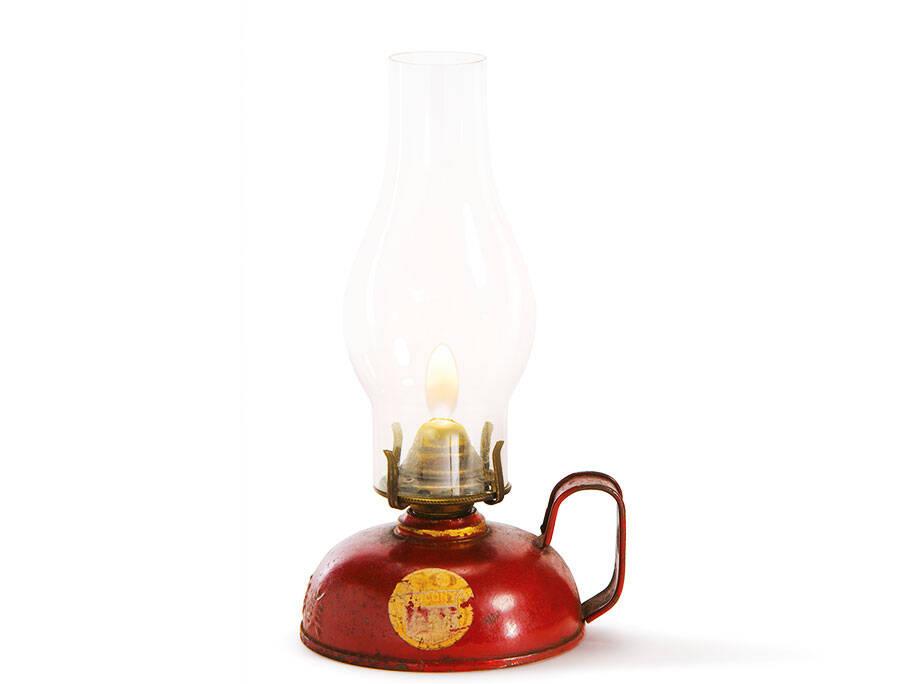
1911
Following a landmark U.S. Supreme Court decision, Standard Oil breaks up into 34 unrelated companies, including Jersey Standard, Socony and Vacuum Oil. The year also marks the first time Jersey Standard's sales of kerosene are surpassed by gasoline, a product that in the early days had often been discarded as a nuisance.

1915
Ralph De Palma, winner of the Indianapolis 500, is the first of many Indy winners to use Mobil products. His average speed: 89.84 mph.

1919
Jersey Standard acquires a 50-percent interest in Humble Oil & Refining Company of Texas. It was during this year that Humble, led by its pioneering Chief Geologist Wallace Pratt, employed micropaleontology, the study of microscopic fossils contained in cuttings and core samples from drilling, as an aid in finding oil.

1920
Jersey Standard researchers produce rubbing alcohol, or isopropyl alcohol — the first commercial petrochemical.
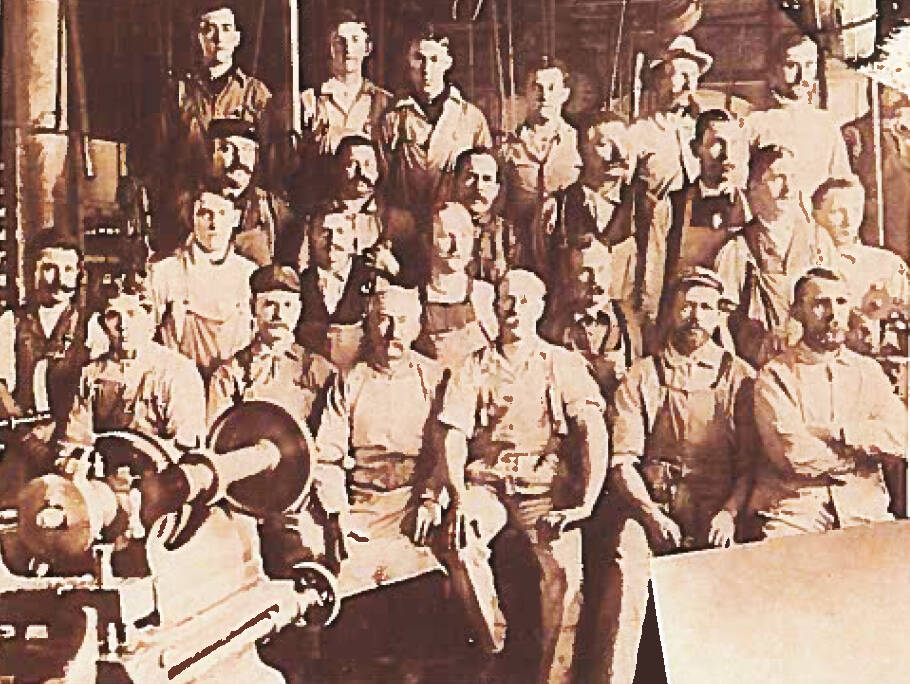
1926
Embodying the phonetic rendition of the initials ‘S’ and ‘O’ in Standard Oil, Jersey Standard brings out a new blend of fuel under the trade name Esso.

1927
Humble geophysicists use a refraction seismograph and discover an oil field in Sugarland, Texas.

1928
Amelia Earhart uses Mobiloil to protect Friendship when she makes her historic solo flight across the Atlantic. The previous year, Charles Lindbergh used Mobiloil in the Spirit of St. Louis on the first solo flight across the Atlantic.

1936
First commercial unit in a cat-cracking refinery begins operation at Socony-Vacuum’s Paulsboro, New Jersey, refinery. The unit used a process developed by French scientist Eugene P. Houdry with the financial backing of Socony-Vacuum. The process added a clay-like catalyst to the cracking process to boost gasoline yields and octane rating.

1936
Harlem postman Victor Green creates the Green Book. Often referred to as the “Bible of Black travel,” the Green Book listed service stations, hotels, restaurants and other establishments where Black travelers would be welcomed. Jersey Standard was the only major retail distributor of the Green Book through its network of Esso service stations, which welcomed Black motorists and also provided business opportunities for Black franchisees. The Green Book was published and distributed nationwide until 1967.

1937
Jersey Standard researchers produce an artificial rubber, butyl. Today, butyl is used in the creation of tires, surgical tapes, protective coatings and more.

1938
The world's first commercial production of alkylate begins at a Humble plant in Baytown, Texas. Alkylation made possible the manufacturing of iso-octane, used as a blending agent to produce 100-octane aviation gasoline.

1942
The world’s first fluid catalytic cracker goes onstream at Louisiana Standard’s Baton Rouge refinery. The process, developed by four Jersey Standard researchers known as the “four horsemen,” improved on the Houdry method for cat cracking and eventually became the industry standard for producing gasoline. Fortune magazine called it “the most revolutionary chemical-engineering achievement of the last 50 years.”

1952
Jersey Standard introduces Uniflo motor oil, the first multigrade motor oil recommended for both summer and winter use.

1955
Jersey Standard establishes the Esso Education Foundation, a program that gives financial aid to private colleges and universities.

1958
Pan American Airways flies its first trans-Atlantic Boeing 707 flight from New York to London. The flight is fueled by Mobil aviation fuel.

1959
An advertising copywriter in Chicago comes up with the advertising slogan “Put a tiger in your tank.”

1963
Humble invents 3-D seismic technology, a revolution that completely changes the way the industry searches for oil and gas resources. (This breakthrough technology, coupled with the use of massive parallel computers in seismic imaging, has helped our geologists sharply reduce finding costs since the 1980s while increasing new field resource additions.)
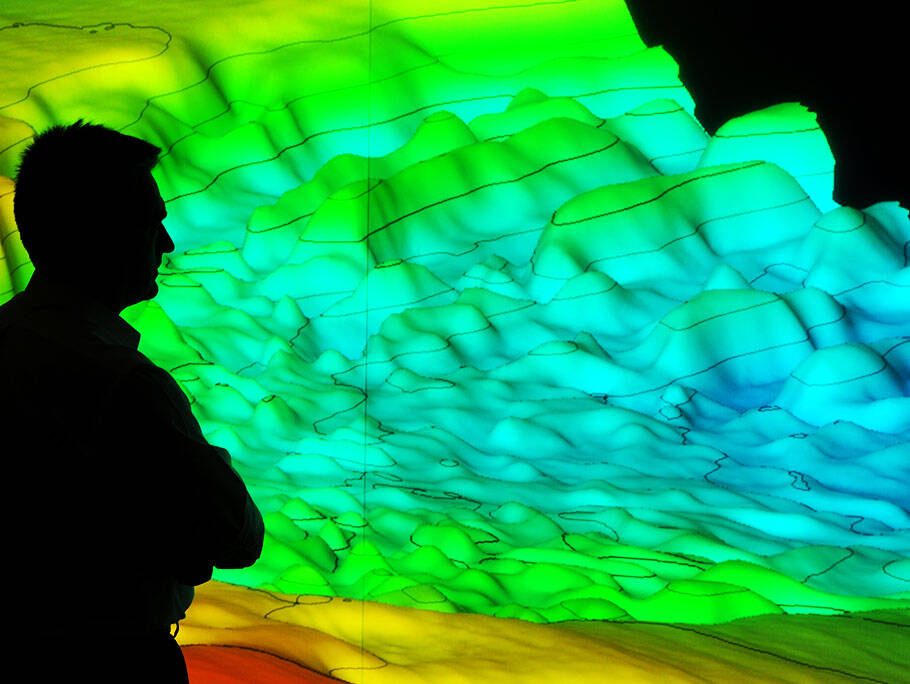
1966
Mobil celebrates 100 years since the founding of the Vacuum Oil Company in 1866 and changes its name to Mobil Oil Corporation. The company launches a wide-reaching identity program to emphasize the Mobil trade name.

1972
Jersey Standard officially changes its name to Exxon Corporation. The name change is approved by Jersey Standard shareholders in a special shareholders’ meeting.

1974
Mobil introduces a synthetic automotive engine lubricant — Mobil 1. Today, Mobil 1 is the world’s leading synthetic motor oil brand.

1975
Mobil participates in completion of Beryl A, the world's first concrete production platform. The 50-story-high structure was the prototype for other concrete deepwater facilities operating in the North Sea.
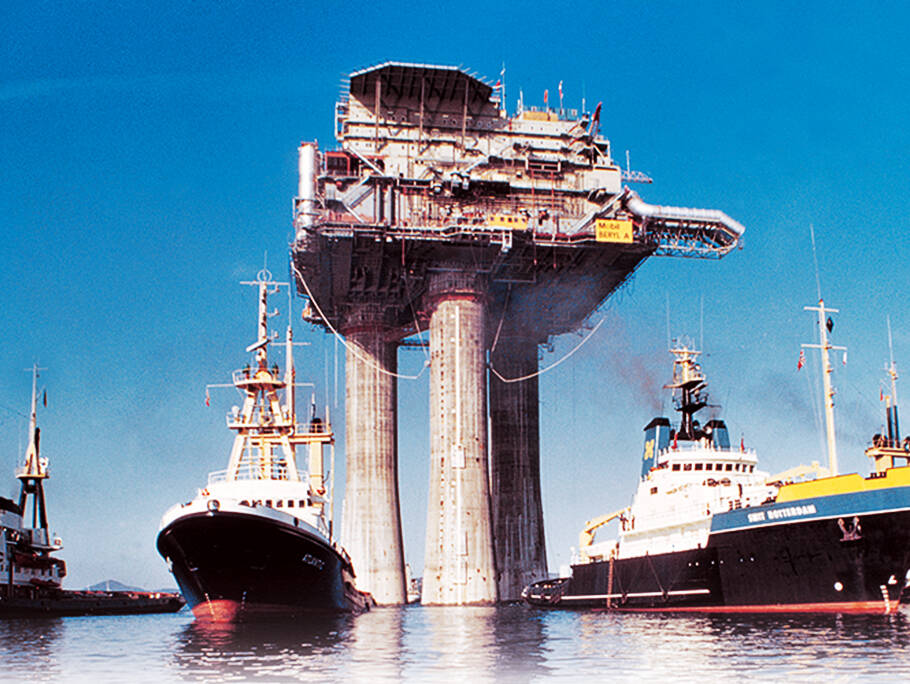
1976
Mobil invents a process for converting methanol into high-octane gasoline through the use of the company’s versatile ZSM-5 catalyst.

1980
Exxon opens its own facility for environmental health research at East Millstone, New Jersey. Exxon Biomedical Sciences, Inc. conducts research to further assure the safety of Exxon operations and products.

1982
Exxon celebrates 100 years since the formation of the Standard Oil Trust in 1882. In its first 100 years, the company evolved from a domestic refiner and distributor of kerosene to a large multinational corporation, involved at every level of oil and gas exploration, production, refining and marketing, and petrochemicals manufacturing.

1986
Exxon Research and Engineering invents a powerful new imaging technique called 3-D microtomography to study the internal structure of opaque objects without damaging them.

1989
On March 24, 1989, the tanker Exxon Valdez runs aground in Prince William Sound in Alaska. The Valdez oil spill was a tragic accident that ExxonMobil deeply regrets. The company took immediate responsibility for the spill, cleaned it up and voluntarily compensated those who claimed direct damages.

1989
Exxon introduces Exxpol, a single-site metallocene catalyst used to produce consistent, controllable molecular structures that make plastic and rubber products tougher and impact-resistant, with less haze and with excellent organoleptics (low off-taste and odor).
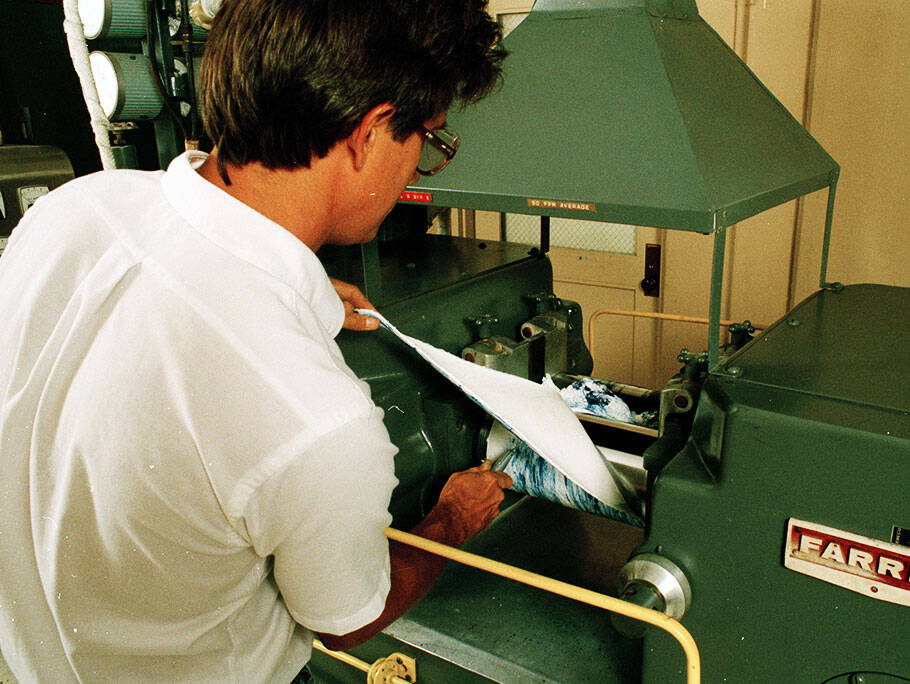
1995
Exxon establishes the Save The Tiger Fund in partnership with the National Fish and Wildlife Foundation. The Save The Tiger Fund is dedicated to supporting the conservation of Asia’s remaining wild tigers. Since its establishment, ExxonMobil has provided $1 million annually in support of the Save The Tiger Fund.

1997
Mobil introduces Speedpass, an electronic system which automatically activates the pump and charges purchases to a credit card. Speedpass is similar to the electronic toll technology successfully used on subway, bus and highway systems around the world.

1999
On November 30, 1999, Exxon and Mobil join to form Exxon Mobil Corporation. “This merger will enhance our ability to be an effective global competitor in a volatile world economy and in an industry that is more and more competitive,” said Lee Raymond and Lou Noto, chairmen and chief executive officers of Exxon and Mobil, respectively.

2001
ExxonMobil Research & Engineering Company (EMRE) develops the SCANfining process, which uses a new proprietary catalyst to selectively remove more than 95 percent of the sulfur from gasoline while minimizing octane loss.

2002
ExxonMobil, joined by other sponsors, initiates the Global Climate and Energy Project (GCEP) at Stanford University — a pioneering research effort to identify technologies that can meet energy demand with dramatically lower greenhouse gas emissions.
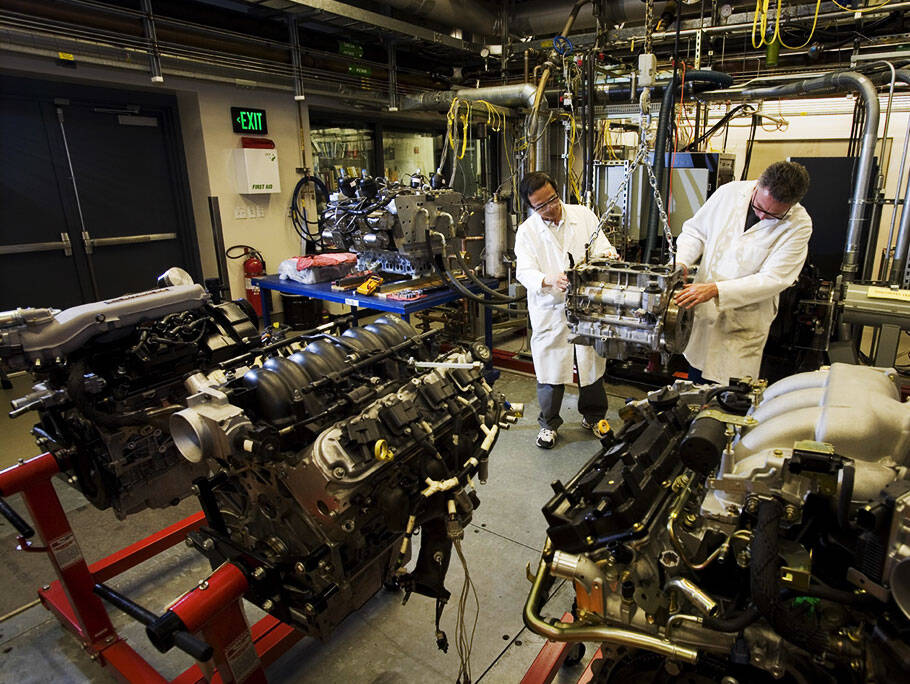
2005
ExxonMobil partners with professional golfer Phil Mickelson and his wife, Amy, to launch the Mickelson ExxonMobil Teachers Academy. The academy is designed to provide third- through fifth-grade teachers with the knowledge and skills necessary to motivate kids to pursue careers in science and math.

2005
ExxonMobil and Qatar Petroleum, with other joint-venture partners, expand development of the giant North Field offshore Qatar, the largest nonassociated gas field in the world.

2007
Exxon Neftegas Limited (a subsidiary of Exxon Mobil Corporation) completes the drilling of the Z-11 well, the longest measured depth extended-reach drilling (ERD) well in the world. (Located on Sakhalin Island offshore eastern Russia, the record-setting Z-11 achieved a total measured depth of 37,016 feet [11,282 meters], or more than seven miles.)

2008
ExxonMobil's donation through “Idol Gives Back” enables the distribution of hundreds of thousands of bed nets throughout disease-stricken communities in Angola.

2009
Exxon Mobil Corporation (NYSE:XOM) and Viridos (formerly Synthetic Genomics, Inc.) announced the opening of a greenhouse facility enabling the next level of research and testing in their algae biofuels program. In 2017, these efforts will yield a breakthrough involving modification of an algae strain that more than doubles its oil content without significantly inhibiting the strain’s growth.

2010
ExxonMobil finalizes its agreement with XTO Energy Inc., creating a new organization to focus on global development and production of unconventional resources. A plan to build and deploy a rapid response system that will be available to capture and contain oil in the event of a potential future underwater well blowout in the deep-water Gulf of Mexico is announced by Chevron, ConocoPhillips, ExxonMobil and Shell. ExxonMobil leads the containment system efforts on behalf of the sponsor companies.

2011
Exxon Mobil Corporation announced two major oil discoveries and a gas discovery in the deep-water Gulf of Mexico after drilling the company's first post-moratorium deep-water exploration well. This is one of the largest discoveries in the Gulf of Mexico in the last decade.
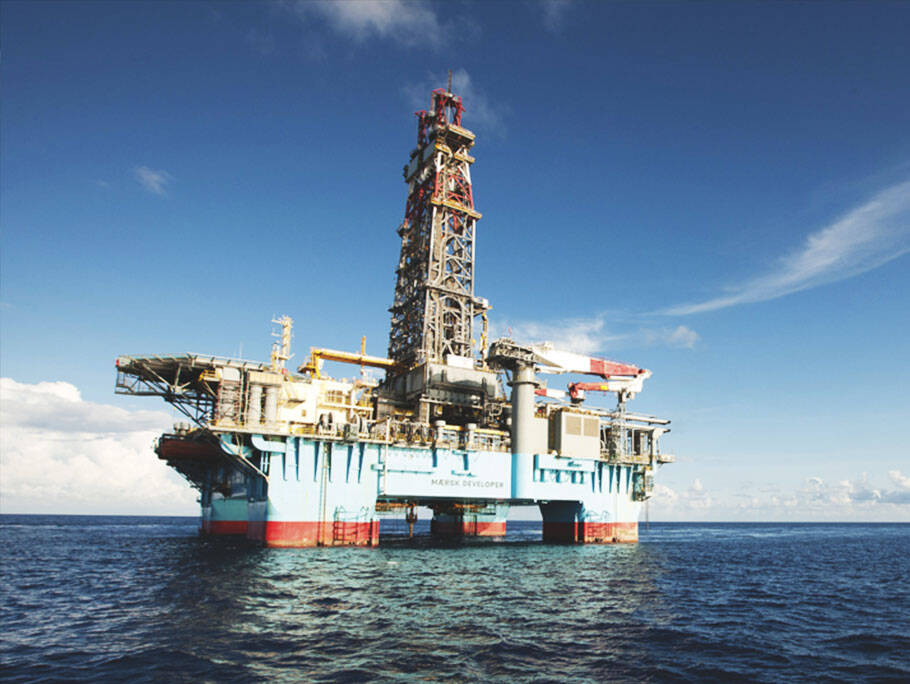
2014
The first shipment of liquefied natural gas from ExxonMobil’s PNG LNG Project in Papua New Guinea is delivered to the Tokyo Electric Power Co. Inc. in Japan.
2015
ExxonMobil safely and successfully drills its first exploration well offshore Guyana. Subsequent exploratory activity will confirm a world-class resource discovery in excess of 8 billion oil-equivalent barrels.
2016
ExxonMobil and Georgia Tech researchers develop a potentially revolutionary “reverse osmosis” technology that could significantly reduce greenhouse gas emissions associated with plastics manufacturing. By using a molecular filter — rather than energy and heat — to perform a key step in the plastics-making process, this new process offers the potential to dramatically reduce the amount of energy required in petrochemical facilities.
2017
Working jointly with the National Center for Supercomputing Applications at the University of Illinois at Champaign-Urbana, ExxonMobil sets a record in high-performance computing by using more than four times the previous number of processors used on complex oil and gas reservoir simulation models to improve exploration and production results. The breakthrough in parallel simulation uses 716,800 processors, the equivalent of harnessing the power of 22,400 computers with 32 processors per computer.
2017
ExxonMobil doubles its Permian Basin resource to 6 billion barrels of oil equivalent through the acquisition of companies owned by the Bass family of Fort Worth, TX.
2019
In late 2019, ExxonMobil starts oil production from the Liza field offshore Guyana. This startup comes ahead of schedule and less than five years after the first discovery of hydrocarbons, well ahead of the industry average for deepwater developments.
2020
In response to the COVID-19 pandemic, ExxonMobil maximizes the production of critical products such as isopropyl alcohol, which is used to make hand sanitizer, and polypropylene, which is used for protective masks, gowns and wipes. Additionally, the corporation reconfigures operations in Louisiana to produce medical-grade hand sanitizer for donation to COVID-19 response efforts.
2021
ExxonMobil created a new business to commercialize its extensive low-carbon technology portfolio. The new business, ExxonMobil Low Carbon Solutions, will initially focus on carbon capture and storage, one of the critical technologies required to achieve net zero emissions and the climate goals outlined in the Paris Agreement.
Related content

Sound Science: Suzzy Ho

The sound science of cleaner energy: Jenny Seagraves

Our guiding principles
Exxon Mobil Corporation is committed to being the world's premier petroleum and chemical manufacturing company. To that end, we must continuously achieve superior financial and operating results while adhering to high ethical standards.

